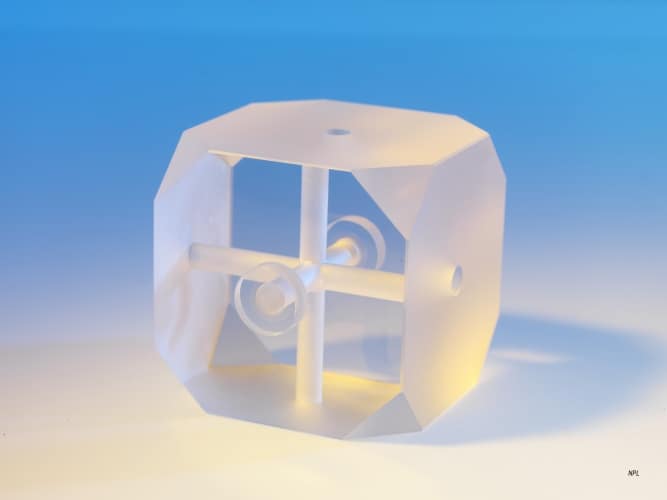
Quantum technology relies on the often bizarre behaviour of particles at the sub-atomic level such as superposition (particles existing in two states simultaneously) and entanglement (changes in one particle affecting another with no apparent interaction). Published by the Quantum Metrology Institute (QMI), the new report outlines UK research into the nascent technology across industry and academia, as well as at the National Physical Laboratory, which is home to the QMI. Measurement of the states of these particles is key to commercialising these quantum innovations - one of the key reasons for establishing the QMI at the NPL in 2015.
“Measurement bridges the gap between research and commercial exploitation,” said Rhys Lewis, director of the QMI. “For companies to innovate in quantum technology, they need to understand and define the properties of the systems they are developing. To develop saleable products, they need to provide verified evidence that the technology is built on sound scientific and engineering principles and that it will perform as described.
“As today’s report shows, the QMI is developing the quantum measurement infrastructure to independently test, measure and validate new innovations. We will be a partner to the innovators that emerge in the quantum industry.
“In doing so, the advances from the UK measurement community will unblock routes to commercialisation, helping UK industry develop quantum technologies which drive UK economic growth.”
Quantum innovations outlined in the report include:
- Developing cold-ion Microtraps, a scalable, chip size technology which traps particles able to encode quantum states to create ‘qubits’. These are quantum equivalents of ‘bits’ - the 1s and 0s in standard computing - but which allow many times the volume of information to be processed. These microtraps are a strong candidate for use in ultra-fast quantum computers.
- Supporting commercialisation of Quantum Key Distribution (QKD), a potentially ultra-secure communications method. Here, a key is encoded into properties of light which can be used to decrypt a message. In quantum mechanics, observing a particle can change its state. If the photons (particles of light) arrive unchanged, the receiver can be sure the key has not been intercepted. The QMI is developing methods for counting photons and measuring their quantum states.
- Developing the MINAC Miniature Atomic Clock, a portable atomic clock which brings accurate timing to many new applications, such as for reliable energy supply, transport, mobile communications, data networks and electronic financial transactions. Atomic clocks are based on measuring very precisely the wavelength (or frequency) of light absorbed by atoms.
- Creating atomic magnetometers, which could be used as quantum sensors to detect brain waves, heart arrhythmia, explosive residue, and corrosion. Each of these has a distinct but very weak magnetic field which leaves a ‘quantum fingerprint’ on the atoms around them. The QMI is establishing atomic vapour cells and methods to probe the atoms to detect the influence of magnetic fields.




Glasgow trial explores AR cues for autonomous road safety
They've ploughed into a few vulnerable road users in the past. Making that less likely will make it spectacularly easy to stop the traffic for...